In just under a month, England will host the 2022 UEFA Women’s European Championships. The event will draw the best players from across the continent and is set to break records in terms of both live attendance and TV viewership. Reigning Champions Netherlands, currently ranked 5th in the world, will seek to defend their title against the historic powerhouse of European football, Germany (ranked 4th) and the number 2 and 3 ranked nations Sweden and France respectively.
Female sport is on the up. Record levels of participation at grassroots have been inspired by growing professionalism and elite performance. FIFA has described the women’s game as the ‘single biggest growth opportunity in football’. This is a view backed by many in the marketing industry. In February Marketing Week published an article highlighting how women’s sport could treble in value by 2030 to be worth £1bn and the statistics are certainly going in the right direction. According to the Women’s Sport Trust, women’s sport viewership in the UK increased by 140 per cent year-on-year in the first part of 2022.
Despite the optimism that currently surrounds female sport, and particularly football, the increase in participation has uncovered a difficult issue that sporting authorities need to deal with: concussion. For years the relative level of female concussion in sport didn’t seem a cause for concern. Now, with an increased knowledge of the seriousness of the condition and the growth in female sport the issue is beginning to gain recognition.
Evidence is now emerging that female atheltes face a relativly higher risk of concussion. Indeed, in some scenarios cases being female is listed as an enhanced risk factor. In comparable sports, female participants have been shown to have up to twice the risk of experiencing concussion as men. A study published in 2017 tracking concussion in American high school sport showed that female soccer had surpassed American football as the sport with the highest rates of concussion (Schallmo et al 2017).
Differences in symptoms, symptom severity and duration of symptoms are also now being reported in comparison to male counterparts. This means that female athletes are likely to suffer more time on the sidelines due to concussion. Many female athletes are not fully professional or use university programmes to progress their sporting careers. Therefore, if symptoms are prolonged, it can have wider ramifications beyond sport for example on employment or academic study.
Despite general increases in knowledge regarding concussion, much of the research remains male focused. Comparison studies are available, but many pull data from high school and college aged females. This means most of the participants are still going through developmental stages prior to full maturation and adulthood. Therefore drawing conclusions about the causes, diagnoses and treatments to apply to elite adult female athletes could be problematic.
Duty of care is a phrase that is becoming increasingly common in sport. Links being drawn between head injury with neurodegenerative conditions have exposed a need to support athletes throughout their lives. As female sport continues to professionalise, it has the opportunity to get ahead of similar issues and protect players during their careers and in retirement.
If female sport is to reach its goal of £1bn in value, it will need to keep performance standards progressing. This will likely mean increased athleticism in the form of stronger and more powerful athletes. This could lead to even greater concussion risk as impacts between players become more forceful. So, as the industry grows, so does the need to fund female sporting research to keep players safe. It’s not good enough to just copy and paste guidelines from the men’s game.
As part of the increased investment from the marketing sector into Women’s sport, quality research with genuine positive impact should become part of the mix. Research projects offer brands and broadcasters a ready made activation programme if managed properly. Football, as the most popular sport and with a vested interest in progressing understanding of the impact of concussion on its players should be at the forefront of this conversation. The reliance on American high school and college athletes to provide data is problematic. Therefore access to elite players and data offers a fantastic story upon which to build a comprehensive partnership message. For rights holders, new packages that include research funding can be developed to extend partnership income. Brands can develop communications strategies around regular project updates. These updates, results and conclusions can be fronted by the players involved, meaning regular access to tallent. Pulling these elements together would provide a level of credibility and deliver reputational benefits that would underpin a sporting partnership for years.
So whilst it is accepted that more research is needed into female concussion, consensus does exist that the incidence of concussion amongst female athletes is higher than in their male counterparts. However, the key question of ‘why?’ remains unanswered. If a brand can attach itself to helping find the answer, and then supporting developments to get ahead of the game in terms of player welfare it could become one of the most revered brands in sport…
Sport Science Agency uses its insight and expertise to tell performance stories and unlocks their value for brands, broadcasters and rights holders. To see some of our work click here If you want to know more about what we can do for you, drop us a note via info@sportscienceagency.com and we can arrange to go for a healthy vitamin packed drink.

